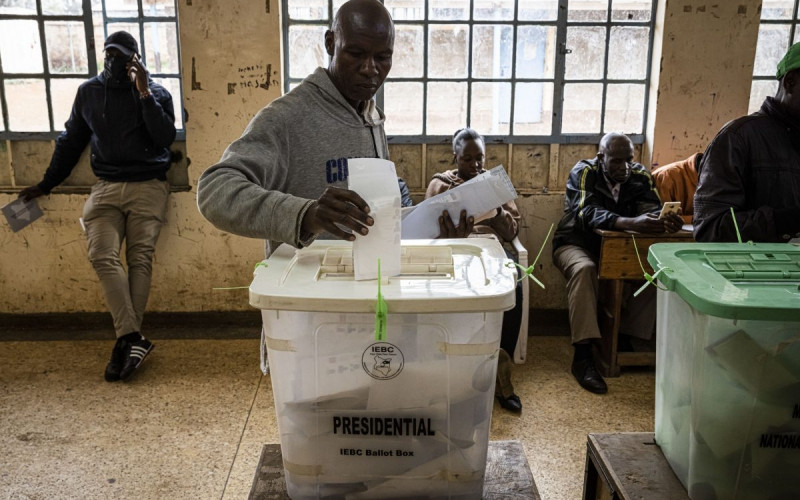This governance improvement plan (NPoA) emerged from South Africa’s first APRM exercise undertaken in 2005-2007. A key question is whether this second annual report will be a significant improvement over the first one, delivered at the same time last year.
In a new publication titled “Off Track? Findings from South Africa’s First APRM Implementation Report”, the South African Institute of International Affairs (SAIIA) identifies deficiencies in South Africa’s first annual implementation report, meant to cover NPoA the period between November 2007 and December 2008. Our analysis suggests that the report suffers from three significant problems.
Firstly, it tends to discuss South Africa’s overall progress since democratic elections in 1994 and not specific improvements since the implementation of the NPoA. It reads like a fifteen year review of post-apartheid South Africa. While this is not without merit, it is hard to see, specifically, what value this particular process has added. Secondly, when existing policies are described, there is a lack of analysis, detail and self-reflection. It is not always clear whether these policies were established in response to the APRM or not, making it hard to promote peer learning, a key goal of the mechanism. Thirdly, this report seems appears to be written in haste, with factual and technical errors and failure to address a number of specific issues. There appears to have been little consultation outside of government in compiling that first report.
Is the fact that the first implementation report omits discussing meaningful progress due to the APRM an indication that no real progress was made?
Not entirely. Most of the biggest issues identified in the APRM NPoA – unemployment, service delivery, poverty, HIV/Aids, xenophobia, crime – are already key policy issues being grappled with daily, and they show some progress. If governance improves, citizens will not be too fussed over which instrument or acronym should get the credit. So we need to connect the dots in government to allow this information to be better reflected in the NPoA reports.
Also, the profile of the APRM has been far lower in South Africa than in other member states, such as Ghana and Uganda. In fact, neither the APRM nor its NPoA feature prominently in government policies, speeches, programmes and plans, in the media, or civil society discourse. APRM implementation seems to have suffered from staff turnover and a loss of institutional memory within the Department of Public Service and Administration (DPSA) that was spearheading it. Having three presidents in less than one year may have also affected continuity and implementation, and it is hard to fully implement a plan that itself has deficiencies. The multi-stakeholder National Governing Council has been virtually moribund for several years, although it has met recently and the DPSA is currently considering options to reconstitute and revive it.
The Minister of Public Service and Administration, Richard Baloyi, seems to be injecting new energy into the APRM and is searching for ways to make it more relevant and meaningful. There have been several meetings at provincial level with stakeholders to provide input for the second report. This greater openness should be encouraged and supported – as the process has much potential.
Does South Africa need the APRM? According to South African government officials and foreign experts alike, there is a feeling that ‘peer review’ was designed more with less-developed and poorly-governed states in mind, not South Africa, whose decision to participate was seen as a way to encourage to the rest of Africa to improve governance as much as anything else. Yet, the review produced a 380-page report that gave an honest and accurate look of the country, its problems and challenges. The report provided unheeded early warning about xenophobia. And, most importantly, it triggered an important national conversation, put the key issues on the table, and moved us towards solutions.
The APRM holds value for South Africa, but it cannot fulfil its promise if we all only remember it when it’s time to deliver a report. It’s up to citizens to demand better governance, and help to forge it. It is hoped that the greater frankness in government circles around our governance challenges will be better reflected in the second report. It is better to admit that we have not implemented everything, and to explain why, rather than to pretend that we’ve worked miracles.







